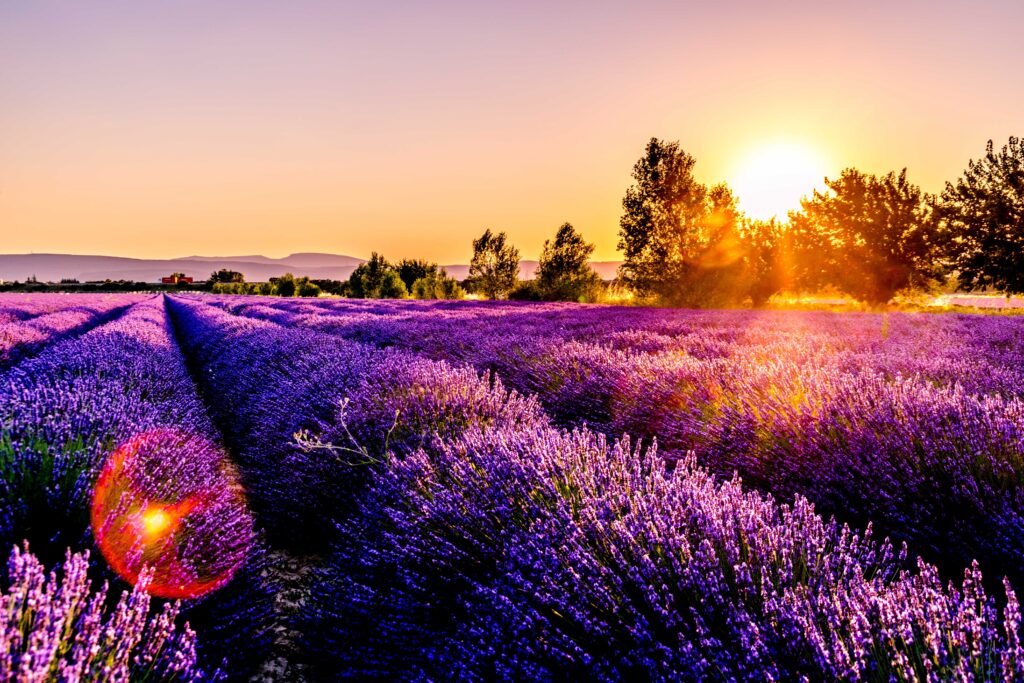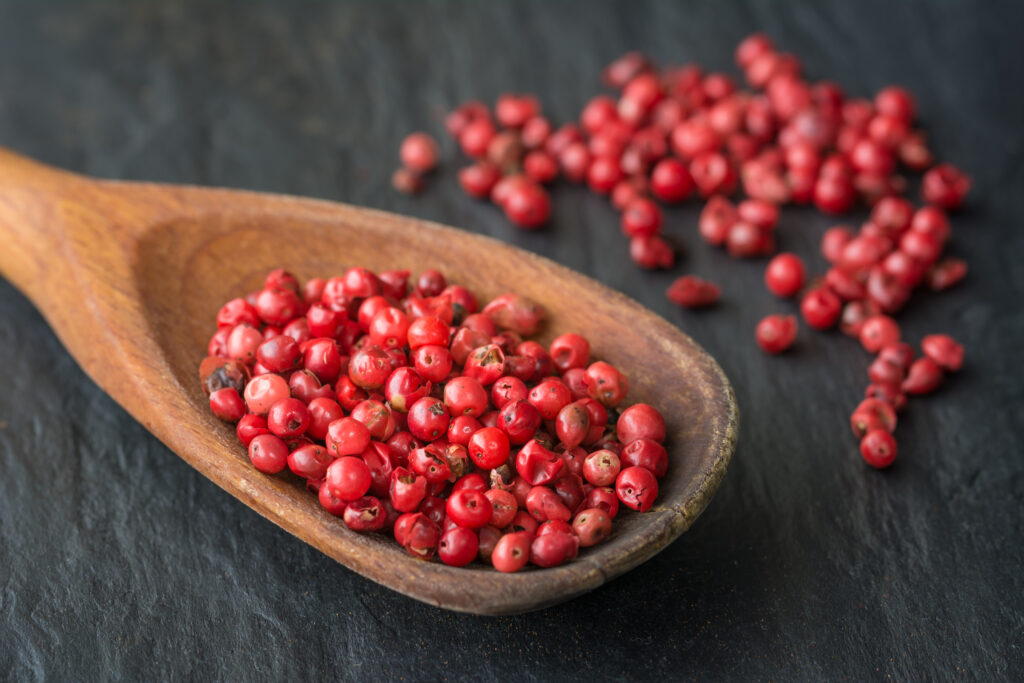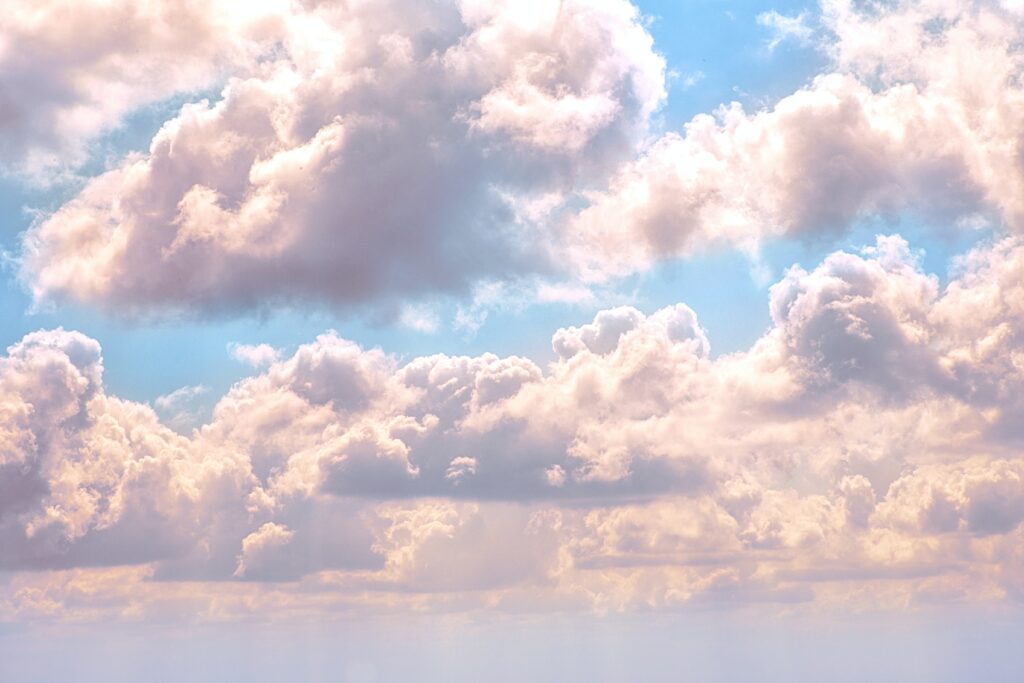On This Anniversary of Battle of Hastings, Explore French-Style Tea
England is famous for its tea culture. From special High Teas to across-the-day cuppas to the nation’s love of certain styles of teas grown in India, the English embrace tea like few others. Only the Turks and Irish drink more tea per capita than the English, who average going through 4.3 pounds of tea a year.
Things could have been different. On this day 955 years ago, on October 14, 1066, a French army led by William, the Duke of Normandy (aka, William the Conquerer) beat Anglo-Saxon King Harold Godwinson’s army in the Battle of Hastings. Just like that, the French technically took control of England.
This was long before anybody outside of Asia had sipped tea. Eventually, the French lost their command of England. By the 18th century, the middle class in England began drinking tea and soon after the beverage became resonant for British identity.
The English Channel is only 20 miles wide, give or take. Cultural back-and-forths between England and France has been near constant for centuries, including different periods when English kings ruled France, and vice-versa. But the English passion for tea never quite flourished in France. Instead, the French drink coffee.
French tea culture unique
But while tea has nothing to do with French culture — the culinary foundations are more about baguettes, cheese, chocolate and yes, coffee — that doesn’t mean the people of la République shrink from it. Instead, the French have their own unique approach to tea, in terms of how they drink it, and what kinds of tea they prefer.
For one thing, the French often sip tea from a bowl. This practice is fairly unique to the French. For another, while the French commonly drink black tea from tea bags, they also have a fondness for tisanes, or herbal infusions. Many high-end displays of teas in France will not showcase the sorts of teas we celebrate in our Ku Cha stores, such as aged pu-erhs and rare rock oolongs. Instead, they feature blends of herbs, spices, flowers and fruit that appeal to the French palate.
While we adore traditional Camellia sinensis teas, we also champion herbal blends. The French are on to something! Tisanes are wonderful after-dinner beverages. They brighten dull afternoons, enliven groggy mornings (after we have had our first proper cuppa) and due to their wild diversity in flavor, have the potential to complement nearly any kind of food.
To honor the French love of delicate, floral teas on this anniversary of the Battle of Hastings, we explore a trio of teas that we trust would attract a following in France. They warrant close attention and abundant consumption in the United States, too — these are lovely teas.
French Tea: Rooibos Provence

This custom tea, which we crafted to celebrate the flavors and aromas of the French region of Provence, would thrill any tisane-loving French person.
Rooibos Provence finds its foundation in rooibos, a South African shrub that offers impressive amounts of body-healing and hydrating electrolytes as well as earthy, herbal flavors. The caffeine-free tea is popular across South Africa, and gaining steam around the world.
To this base we add elderberry and blueberry, for hints of fruit sweetness. And then comes a trio of Provence-centered ingredients: rosehips, rose petals and lavender. If you have ever visited Provence, or just seen pictures, they often include vast fields of lavender. Flowers, including lots of roses, often decorate the landscapes as well. This tea combines it all into a taste sensation worthy of a spotlight in any French tea shop. We sometimes like it with a touch of honey, too.
French Tea: Spring in Paris

French appreciation of tea often revolves around delicacy and blends of sweet and savory. Our Spring in Paris nails it on both fronts.
Beginning with classic black tea from India — the standard British favorite — we then add freeze-dried strawberries and pink peppercorns, which are called baie rose in French (it means “pink berry”). Because the strawberries are freeze-dried, they retain the almost haunting delicacy of a fresh strawberry — perfect for French-style teas. The pink peppercorns add zip and zing to the brew, balancing the strawberry sweetness with subtle jolts of spice.
French Tea: Cloud Chaser

Now this is pure tisane, a blend of six herbs and flowers that transforms into a unified harmony of flavors and aromas once brewed. Consider the Cloud Chaser line-up: lemon balm, lavender, marjoram, peppermint, rose petal and St. John’s Wort. It’s got citrus notes, from the lemon balm. Floral components, thanks to the lavender and rose petals. Marjoram offers savory touches, and peppermint injects a bit of vigor. Finally, St. John’s Wort. In France, naturopathic pharmacies are common, stores selling herbal and natural treatments for a variety of conditions. St. John’s Wort is used worldwide as a natural way to boost mood. Good news: It tastes wonderful.
We often nod towards China, Japan, India and of course the United Kingdom when we embark on our tea journeys. But today, let’s explore the French way with tea.
blog/french-tea-tisanes/
